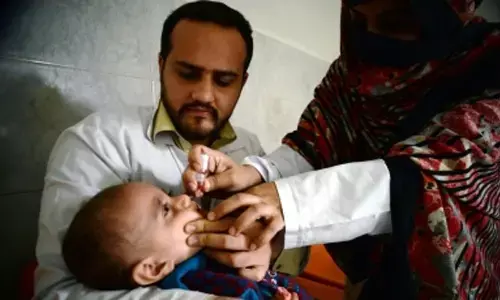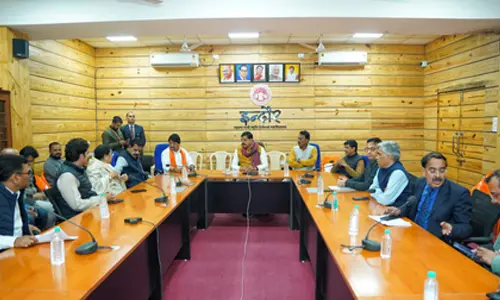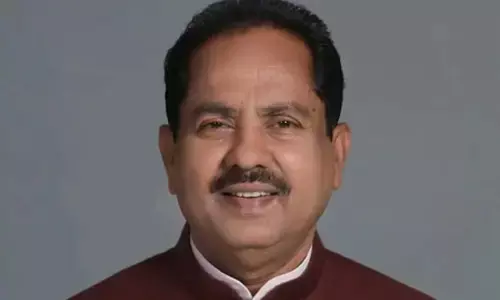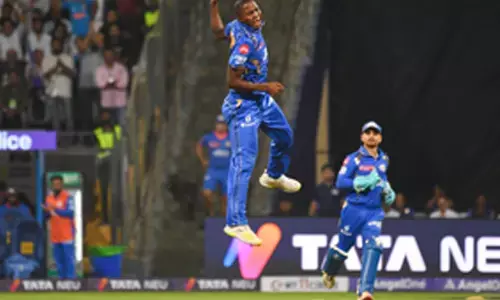UP, key to power at the Centre

Uttar Pradesh, the biggest State in India with population of over 20 crores, holds key to the power at the Centre
Uttar Pradesh, the biggest State in India with population of over 20 crores, holds key to the power at the Centre. It's not without reason. UP sends 80 Members of Parliament to Lok Sabha.
That is equal to 15 per cent of the total strength (543) of the lower house in Parliament. It is a known fact that a party or coalition of parties that has more than 50 per cent of Lok Sabha seats on its side can form the government.
It is easier to cross the half-way mark if the performance of a political party is good in UP. No surprise UP has been home to most of the Prime Ministers who governed India. Barring PV Narasimha Rao and Morarji Desai, all others hailed or got elected from this State.
In 2014 general elections too, UP played key role. It handed the BJP 71 of 80 seats, a feat unparalleled in the country's recent political history.
Further, Apna Dal, the BJP's ally, won two more seats. That way, BJP-led NDA secured 73 seats out of 80. That works out to be 91 per cent of the total seats. Thanks to its blockbuster performance in UP, the BJP could cross half-mark on its own last time, securing 282 seats.
Thus, the BJP became the first political party after the Congress in 1984 to secure clear majority in the Lok Sabha. The primary reason for achieving this rare feat is Narendra Damodardas Modi, the Gujarati strongman who ruled the western State as its Chief Minister three times.
As prime ministerial candidate of the BJP, he took the country's political firmament by storm. Thanks to a nationwide wave in favour of him, Modi became the Prime Minister with a thumping majority. The rest is history.
Five years down the line, the country is on the cusp of electing a new Prime Minister. The seven-phase 2019 general elections which kicked off on April 7 are still continuing, with last phase scheduled for May 19.
Being the country's largest State, UP is also going through seven-phase elections.
But the key question in everyone's mind is whether the BJP will repeat 2014's blockbuster performance this time. It goes without saying that the BJP has to perform well in UP to retain power at the Centre.
But the electoral dynamics have changed in UP now. In 2014, it was a multi-cornered contest with the Congress, the BSP, the SP and the BJP in fray.
With non-BJP parties biting dust in 2014 general elections and 2017 UP Assembly elections, arch rivals the BSP and the SP, two big parties after the BJP, formed an alliance to checkmate the saffron party.
Ajit Singh's RLD also joined hands with them. Consequently, it's two-day contest in UP in most places, barring those seats where the Congress, which is also in fray, has a strong base.
But signals from the ground indicate that there is no strong anti-incumbency against the Modi government in UP.
Against this backdrop, the key element is whether vote transfer takes places between the SP and the BSP and whether their combined vote share would be enough to outsmart the saffron party.
However, the bottom line is that UP will once again decide who will rule the country for next five years. That's for sure.














